Code
HCS28332
Weight
3.677 Kg / 8.11 lbs
Size
Height
29cm (11") Width
25cm (10") Depth
15cm (6") Material
Copper
Availability
Available

Safe Payment
We accept Paypal, Money Transfer, Bank Transfer
Confidence
Protection covers your purchase and personal data.
Worldwide Delivery
We ship Worldwide, except Russia.Shipping cost US$25.2 for upto 0.5 kgs

Hotline
Talk to help line for your question on 9841267335Gold Painted Face
The face of Buddhist Handmade Statue Of Marpa Lotsawa, [face Painted], [gold Plated] is painted with gold to enhance its significant features, particularly the eyes, and lips. This detailed painting is essential as it brings forth the crucial attributes of the expression of eyes and lips that metal carving alone cannot capture.
Moreover, the painted face serves as a symbolic and sacred ritual in Buddhism, preparing the statue for consecration and practice. The act of painting the face with gold in Buddhism holds deep meaning. It represents the intention to bring life and expression to the statue, imbuing it with a sense of vitality and presence. The application of gold on the face showcases the devotion and craftsmanship of the artisans, ensuring that every detail is carefully attended to honor the sacred essence of the Buddhist Handmade Statue Of Marpa Lotsawa, [face Painted], [gold Plated]. Read More . . .
The face of Buddhist Handmade Statue Of Marpa Lotsawa, [face Painted], [gold Plated] is painted with gold to enhance its significant features, particularly the eyes, and lips. This detailed painting is essential as it brings forth the crucial attributes of the expression of eyes and lips that metal carving alone cannot capture.
Moreover, the painted face serves as a symbolic and sacred ritual in Buddhism, preparing the statue for consecration and practice. The act of painting the face with gold in Buddhism holds deep meaning. It represents the intention to bring life and expression to the statue, imbuing it with a sense of vitality and presence. The application of gold on the face showcases the devotion and craftsmanship of the artisans, ensuring that every detail is carefully attended to honor the sacred essence of the Buddhist Handmade Statue Of Marpa Lotsawa, [face Painted], [gold Plated]. Read More . . .
Full Fire Gold Plating
This Buddhist Handmade Statue Of Marpa Lotsawa, [face Painted], [gold Plated] is finished with full gold plating. also known as mercury gold plating or fire gold plating. This traditional technique involves the application of a genuine layer of gold onto the Buddhist Handmade Statue Of Marpa Lotsawa, [face Painted], [gold Plated]. Referred to as mercury gold plating, it is considered the correct and authentic form of gold plating in Nepal. Despite being more expensive than electroplating, this traditional mercury gold plating is gaining popularity again in Nepal. People are drawn to its authenticity, longevity, and the unmatched beauty it brings to the Buddhist Handmade Statue Of Marpa Lotsawa, [face Painted], [gold Plated]. The resurgence of interest in this traditional form of gold plating reflects a growing appreciation for the craftsmanship and cultural heritage of Nepal Read More . . .
This Buddhist Handmade Statue Of Marpa Lotsawa, [face Painted], [gold Plated] is finished with full gold plating. also known as mercury gold plating or fire gold plating. This traditional technique involves the application of a genuine layer of gold onto the Buddhist Handmade Statue Of Marpa Lotsawa, [face Painted], [gold Plated]. Referred to as mercury gold plating, it is considered the correct and authentic form of gold plating in Nepal. Despite being more expensive than electroplating, this traditional mercury gold plating is gaining popularity again in Nepal. People are drawn to its authenticity, longevity, and the unmatched beauty it brings to the Buddhist Handmade Statue Of Marpa Lotsawa, [face Painted], [gold Plated]. The resurgence of interest in this traditional form of gold plating reflects a growing appreciation for the craftsmanship and cultural heritage of Nepal Read More . . .
Lost-Wax System
This Tibetan Masters Guru of Buddhist Handmade Statue Of Marpa Lotsawa, [face Painted], [gold Plated] is made by the process of the Lost Wax system. This is a very complicated, time consuming and historic process of making metal sculptures.Which is why it is sometimes called Precision Casting as well. Hence the sculptures made by this process are comparatively expensive. There are many new, advanced and less time consuming methods of casting metal sculptures available as well. But due to the benefits provided by the traditional lost wax system in quality control and customization, we prefer the Loss wax system over Ceramic molding, or sand casting to make our Tibetan Masters Guru.
Below we have tried to illustrate the process of making a loss wax system statue: Read More . . .
This Tibetan Masters Guru of Buddhist Handmade Statue Of Marpa Lotsawa, [face Painted], [gold Plated] is made by the process of the Lost Wax system. This is a very complicated, time consuming and historic process of making metal sculptures.Which is why it is sometimes called Precision Casting as well. Hence the sculptures made by this process are comparatively expensive. There are many new, advanced and less time consuming methods of casting metal sculptures available as well. But due to the benefits provided by the traditional lost wax system in quality control and customization, we prefer the Loss wax system over Ceramic molding, or sand casting to make our Tibetan Masters Guru.
Below we have tried to illustrate the process of making a loss wax system statue: Read More . . .
Brief Introduction :
Marpa Lotsawa (མར་པ་ལོ་ཙཱ་བ་ཆོས་ཀྱི་བློ་གྲོས་, 1012-1097), sometimes known fully as Marpa Chokyi Lodro (Wylie: mar pa chos kyi blo gros) or commonly as Marpa the Translator (Marpa Lōtsawa), was a Tibetan Buddhist teacher credited with the transmission of many Vajrayana teachings from India, including the teachings and lineages of Mahamudra. Due to this the Kagyu lineage, which he founded, is often called Marpa Kagyu in his honour.
Although some accounts relate that the Mahasiddha Naropa was the personal teacher of Marpa, other accounts suggest that Marpa held Naropa's lineage through intermediary disciples only. Either way, Marpa was a personal student of the Mahasiddha Maitripa and of the dakini Niguma.
life Story :Although some accounts relate that the Mahasiddha Naropa was the personal teacher of Marpa, other accounts suggest that Marpa held Naropa's lineage through intermediary disciples only. Either way, Marpa was a personal student of the Mahasiddha Maitripa and of the dakini Niguma.
Born as Marpa Chokyi Lodro, in Lhodrak Chukhyer in the southern part of Tibet, to an affluent family, he began studying at a young age but was wild and untamed compared to other children. Marpa first received instruction for three years at Mangkhar with Drokmi Shakya Yeshe and mastered Sanskrit. He decided to travel to India to study with renowned Indian Buddhist masters. His first trip to Nepal and India was in the company of Nyo Lōtsawa, whom he attended as a servant. Marpa returned home to Lhodrak and converted his entire inheritance into gold to fund his travel expenses and to make offerings to teachers.
Marpa journeyed first to Nepal where he studied with Paindapa and Chitherpa, two famous students of Naropa. Paindapa later accompanied Marpa to Pullahari, near Nalanda University, where Naropa taught. Marpa spent twelve years studying with Naropa and other great Indian gurus, most prominently Maitripada. After twelve years he set forth on his journey back to Tibet to teach and continue his dharma activities.
Marpa was to travel to India twice more and Nepal three more times and studied with Naropa and other great teachers including Maitripa. He is said to have stayed in the cave at Phugtal Monastery. On his third visit to India, Naropa, who was engaged in tantric practices, proved difficult to find. However eventually Marpa found him and received the final teachings and instructions from Naropa. It was then that Naropa prophesied that a family lineage would not continue for Marpa, but that his lineage would be carried on by his disciples. Marpa now had received the full transmission, so Naropa formally declared Marpa to be his successor although he had other major disciples including Paindapa, Chitherpa, Shri Shantibhadra or Kukuripa, and Maitripa.
Upon his return to Tibet, Marpa spent many years translating Buddhist scriptures and made a major contribution to the transmission of the complete buddhadharma to Tibet. Marpa continued to practice and give teachings and transmissions to many students in Tibet. After his second visit to India Milarepa became his disciple. After the death of Marpa's son, Darma Dode, Milarepa inherited his lineage in full. Marpa lived with his wife Dakmema and their sons in Lhodrak in the southern part of Tibet. Marpa is said to have founded Stongdey Monastery in Zanskar in 1052 CE.
Marpa journeyed first to Nepal where he studied with Paindapa and Chitherpa, two famous students of Naropa. Paindapa later accompanied Marpa to Pullahari, near Nalanda University, where Naropa taught. Marpa spent twelve years studying with Naropa and other great Indian gurus, most prominently Maitripada. After twelve years he set forth on his journey back to Tibet to teach and continue his dharma activities.
Marpa was to travel to India twice more and Nepal three more times and studied with Naropa and other great teachers including Maitripa. He is said to have stayed in the cave at Phugtal Monastery. On his third visit to India, Naropa, who was engaged in tantric practices, proved difficult to find. However eventually Marpa found him and received the final teachings and instructions from Naropa. It was then that Naropa prophesied that a family lineage would not continue for Marpa, but that his lineage would be carried on by his disciples. Marpa now had received the full transmission, so Naropa formally declared Marpa to be his successor although he had other major disciples including Paindapa, Chitherpa, Shri Shantibhadra or Kukuripa, and Maitripa.
Upon his return to Tibet, Marpa spent many years translating Buddhist scriptures and made a major contribution to the transmission of the complete buddhadharma to Tibet. Marpa continued to practice and give teachings and transmissions to many students in Tibet. After his second visit to India Milarepa became his disciple. After the death of Marpa's son, Darma Dode, Milarepa inherited his lineage in full. Marpa lived with his wife Dakmema and their sons in Lhodrak in the southern part of Tibet. Marpa is said to have founded Stongdey Monastery in Zanskar in 1052 CE.
| A traditional depiction of Marpa painted on a rock on Holy Isle, Firth of Clyde | Lotsawa Marpa Chokyi Lodro, (1012-1097) |


![Buddhist Handmade Statue Of Marpa Lotsawa, [face Painted], [gold Plated]](https://handicraftseller.com/uploads/pics/product/thumb/2023/02/28332.jpg)
![Buddhist Handmade Statue Of Marpa Lotsawa, [face Painted], [gold Plated]](https://handicraftseller.com/uploads/pics/product/thumb/2023/02/28332_0.jpg)
![Buddhist Handmade Statue Of Marpa Lotsawa, [face Painted], [gold Plated]](https://handicraftseller.com/uploads/pics/product/thumb/2023/02/28332_1.jpg)
![Buddhist Handmade Statue Of Marpa Lotsawa, [face Painted], [gold Plated]](https://handicraftseller.com/uploads/pics/product/thumb/2023/02/28332_2.jpg)
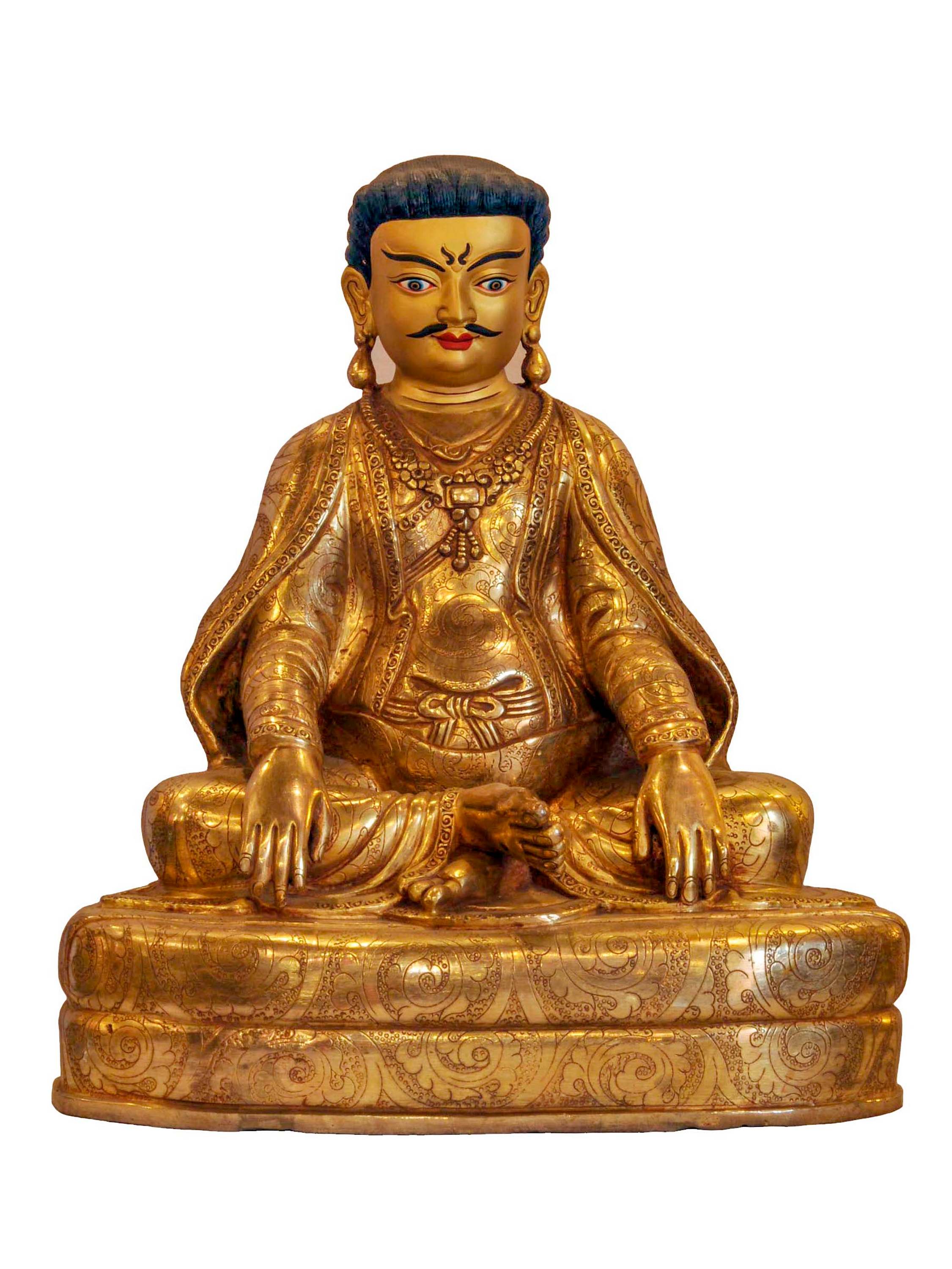

























































 of Lama,
of Lama,  of Lama,
of Lama,  of Marpa Lotsawa,
of Marpa Lotsawa, 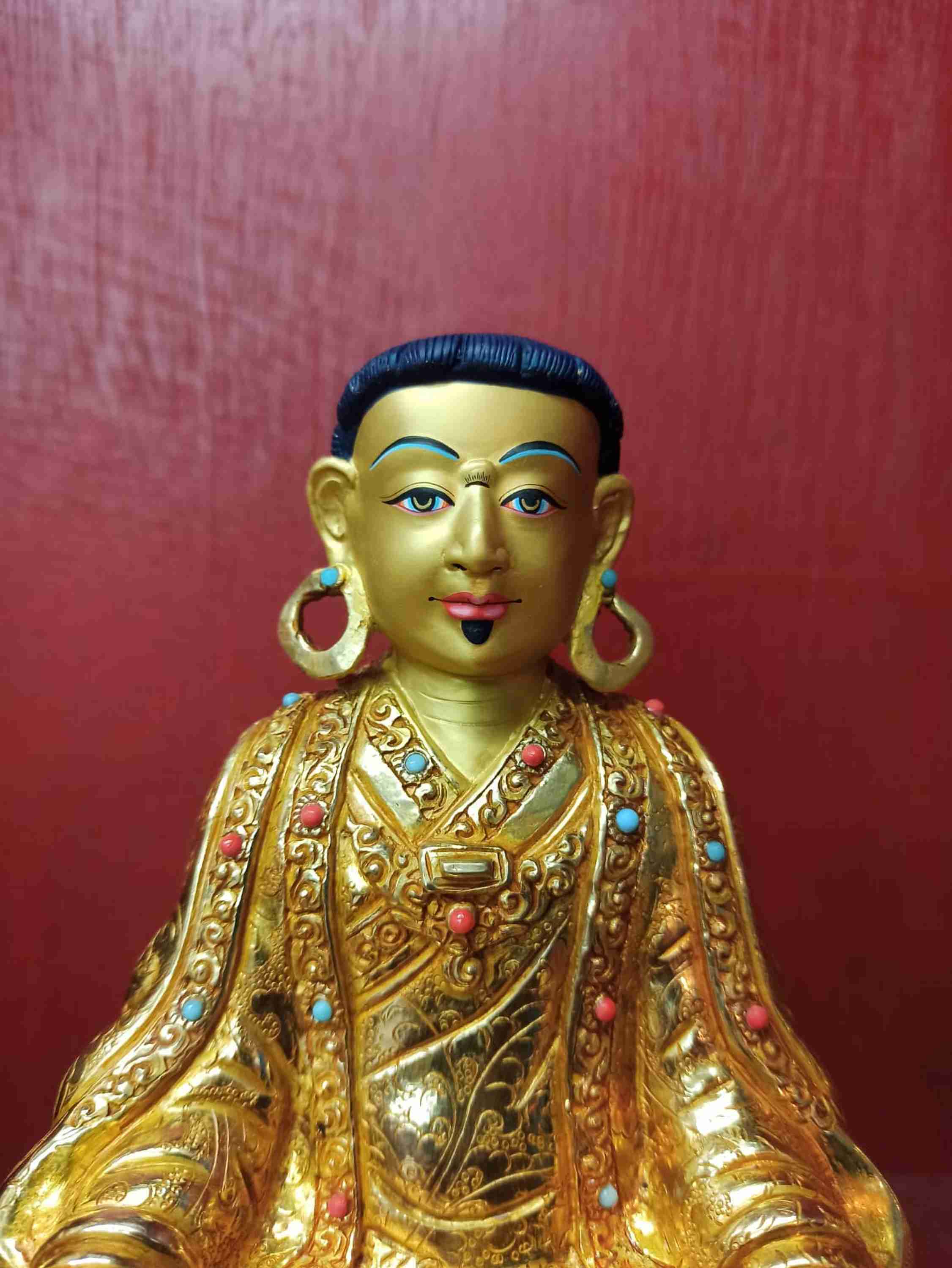 of Marpa Lotsawa,
of Marpa Lotsawa, 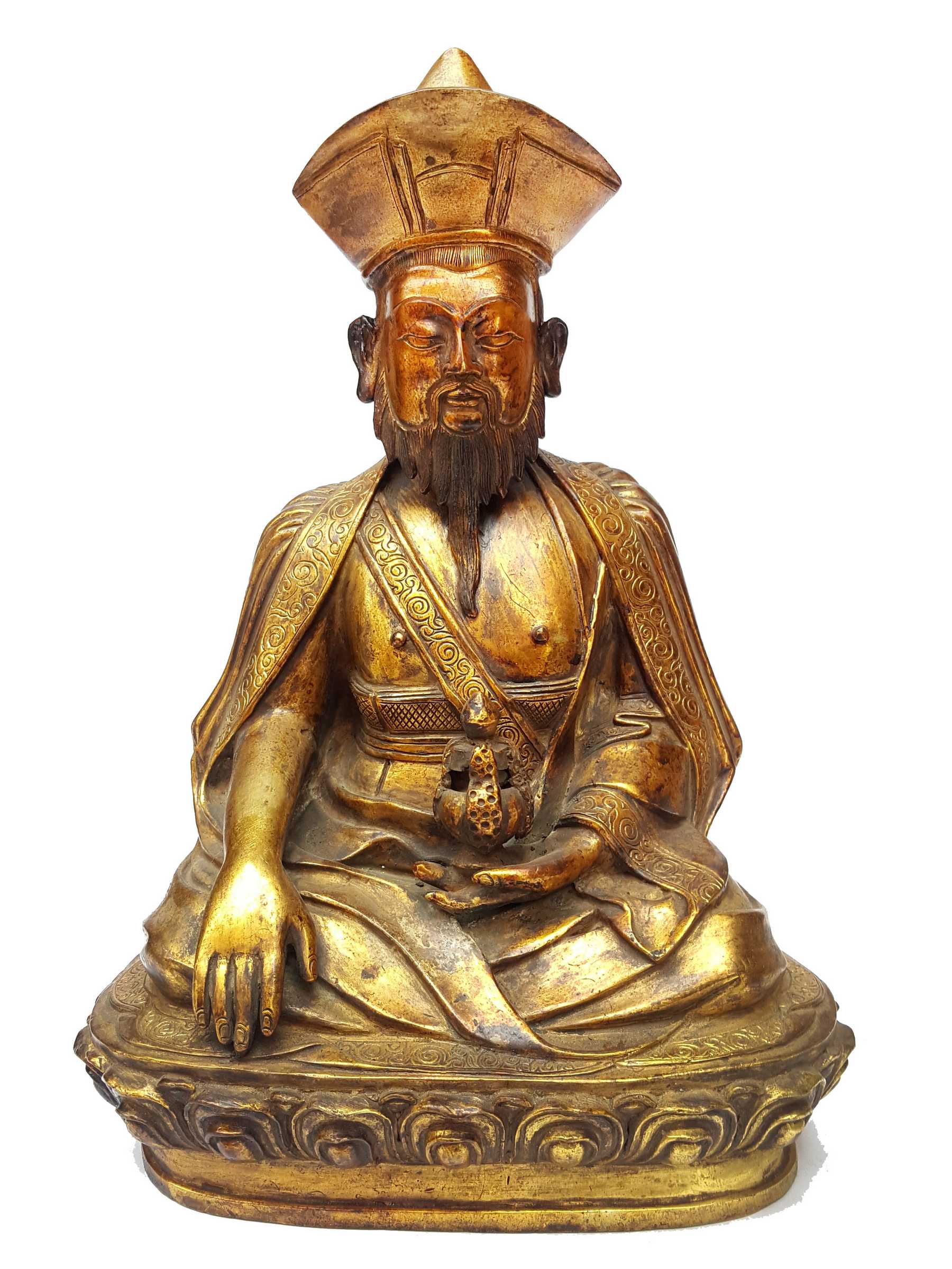 of The 4th Zhabdrung Rinpoche
of The 4th Zhabdrung Rinpoche 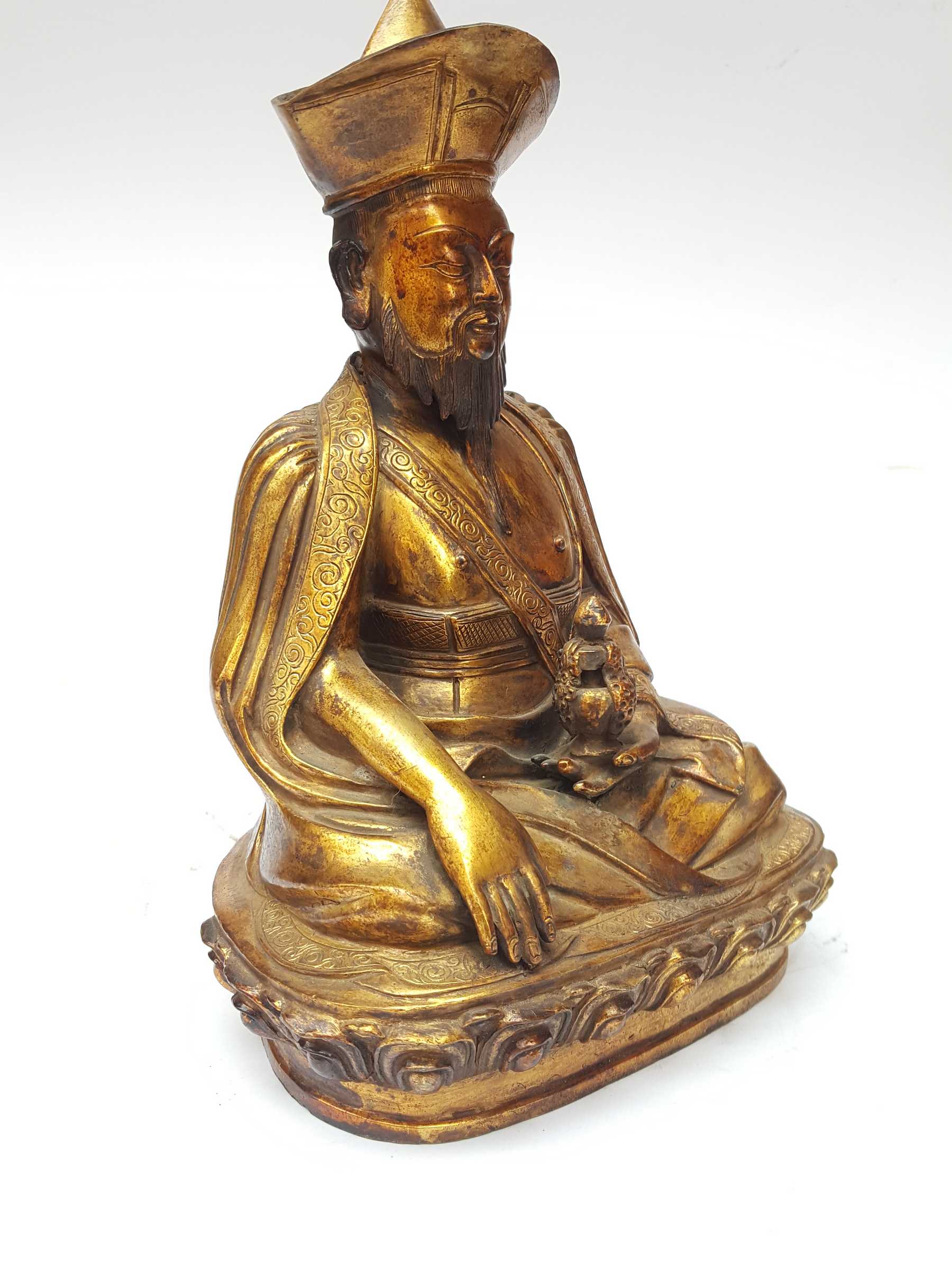 of The 4th Zhabdrung Rinpoche
of The 4th Zhabdrung Rinpoche  of Gampopa
of Gampopa 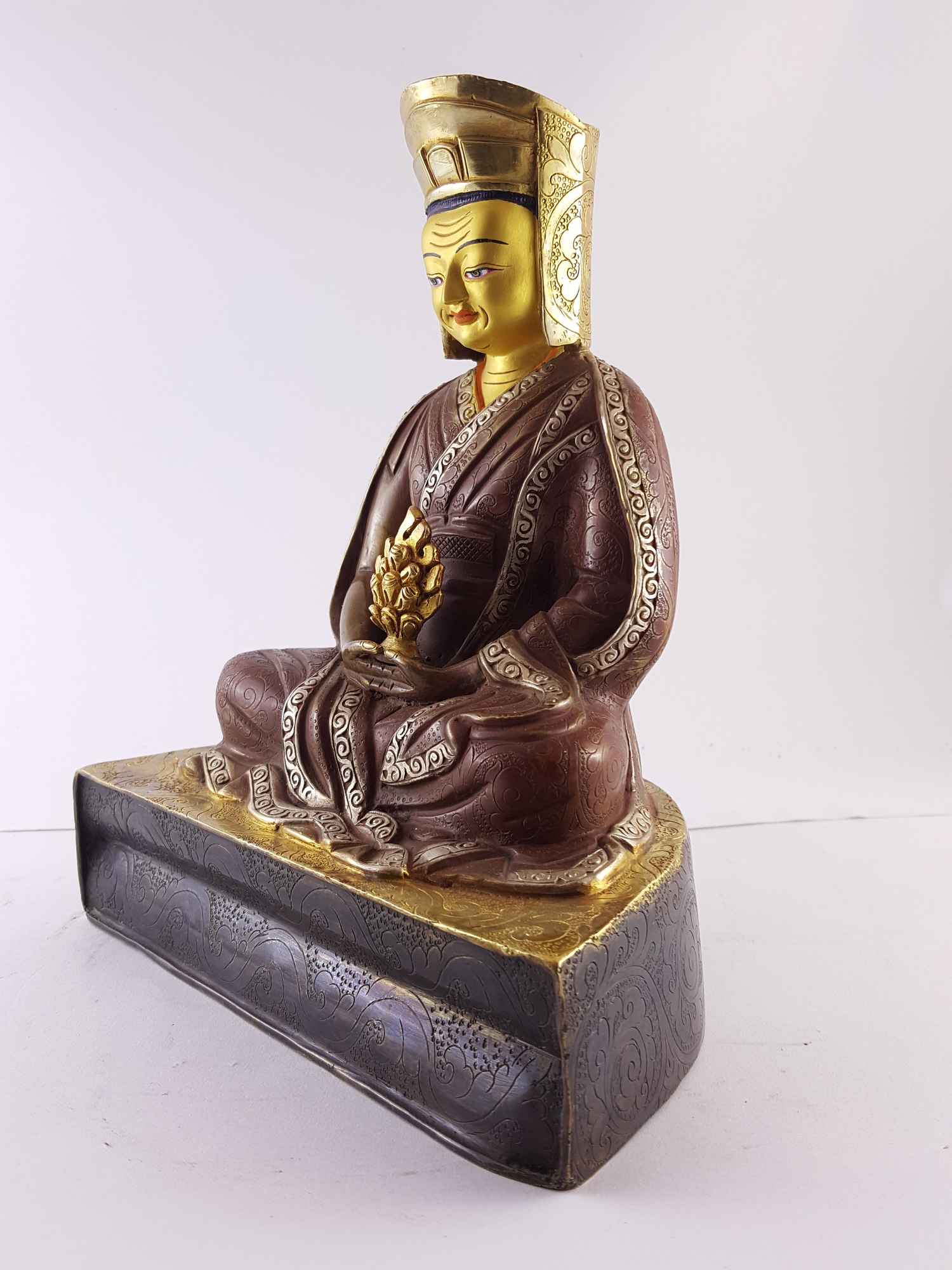 of Gampopa
of Gampopa 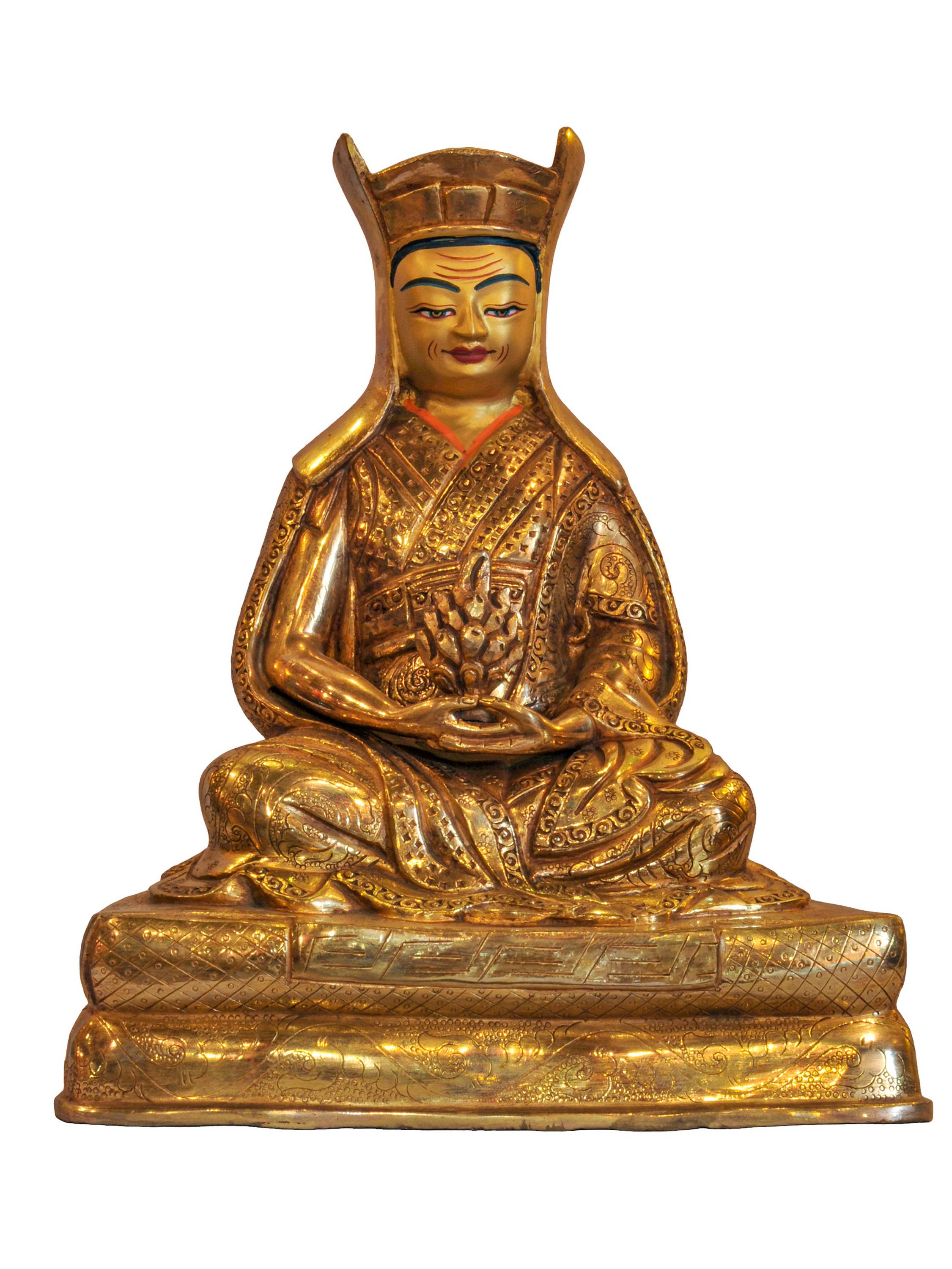 of Gampopa,
of Gampopa, 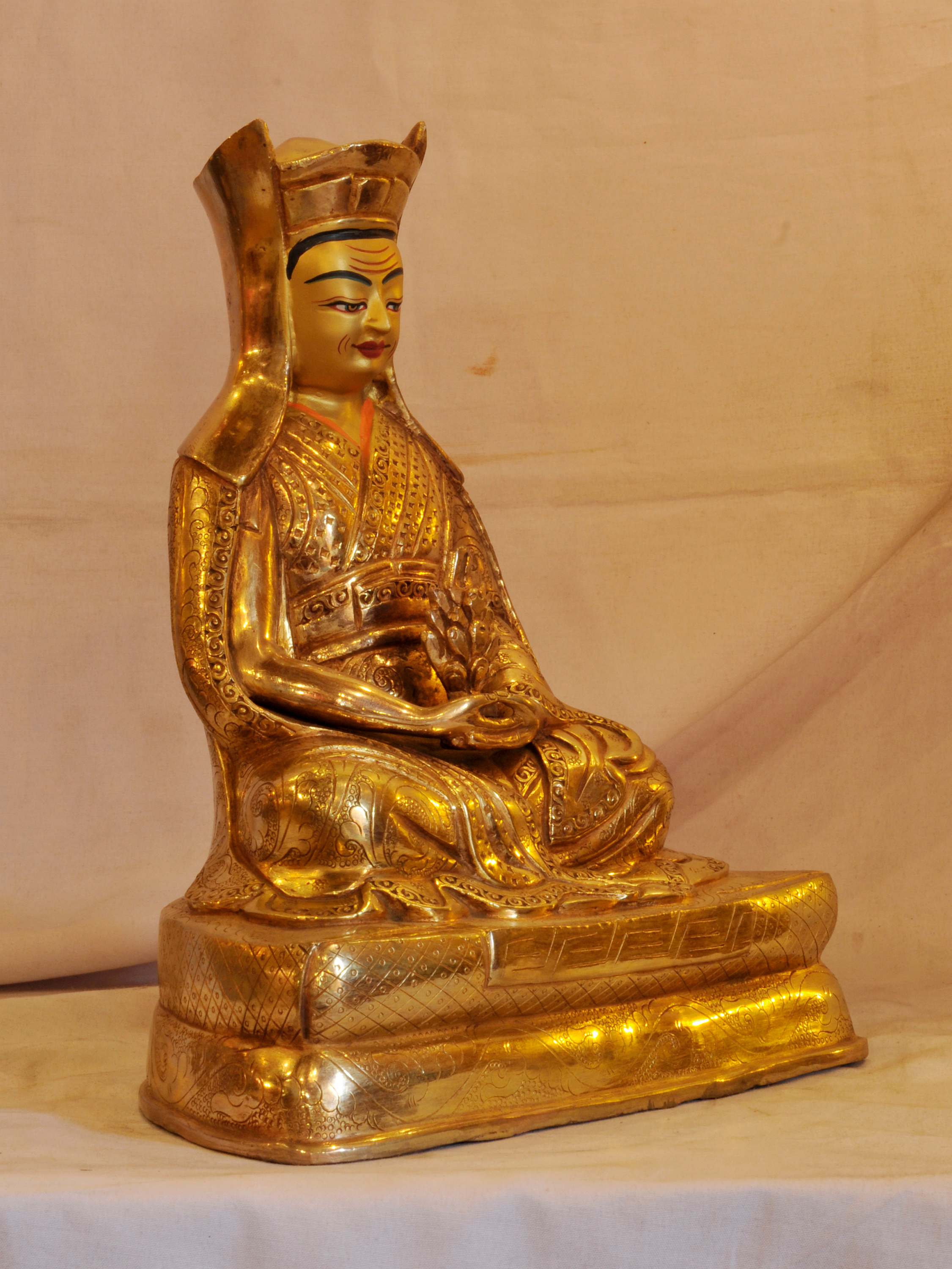 of Gampopa,
of Gampopa, 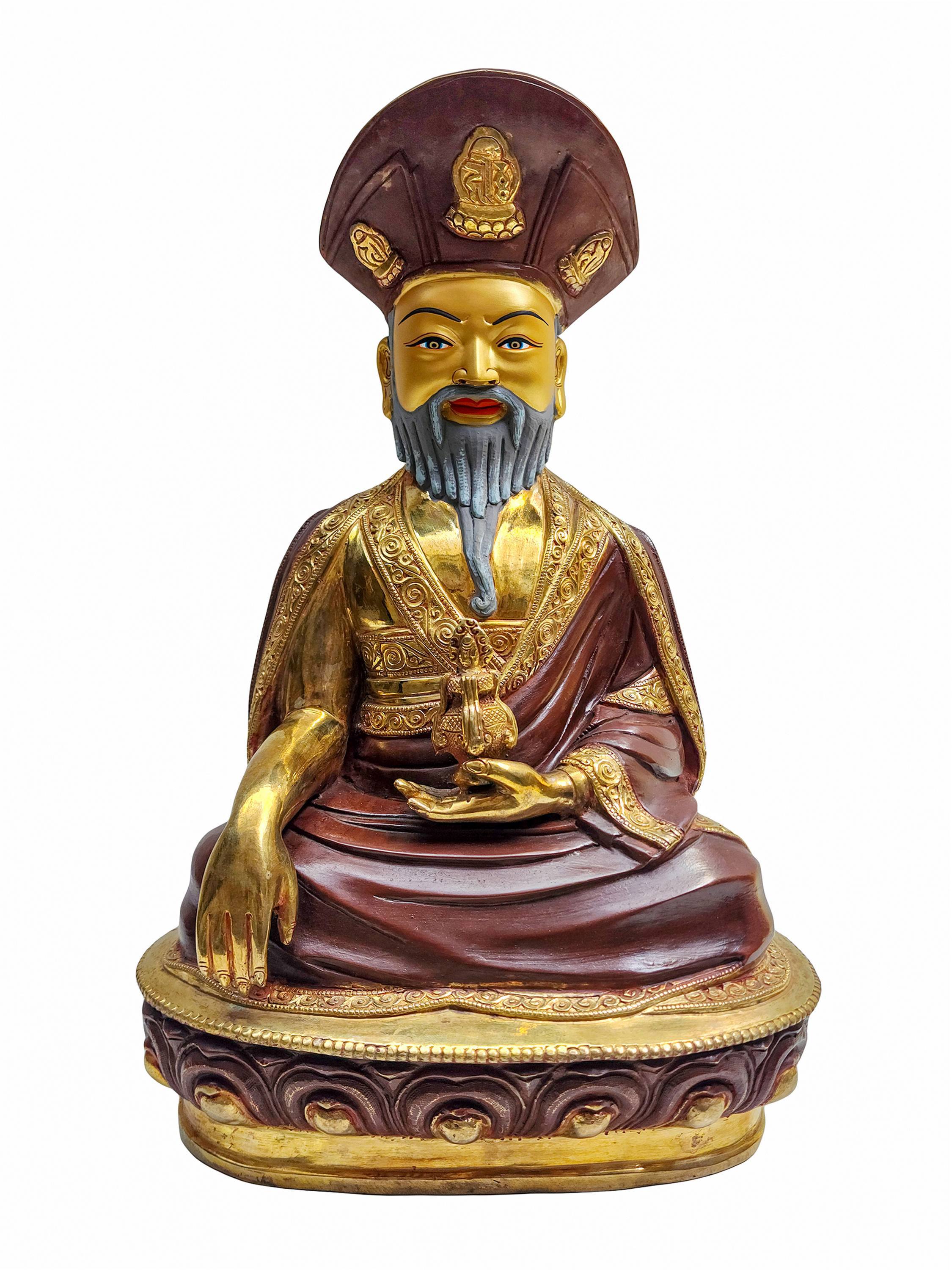 Partly Gold Plated,
Partly Gold Plated, 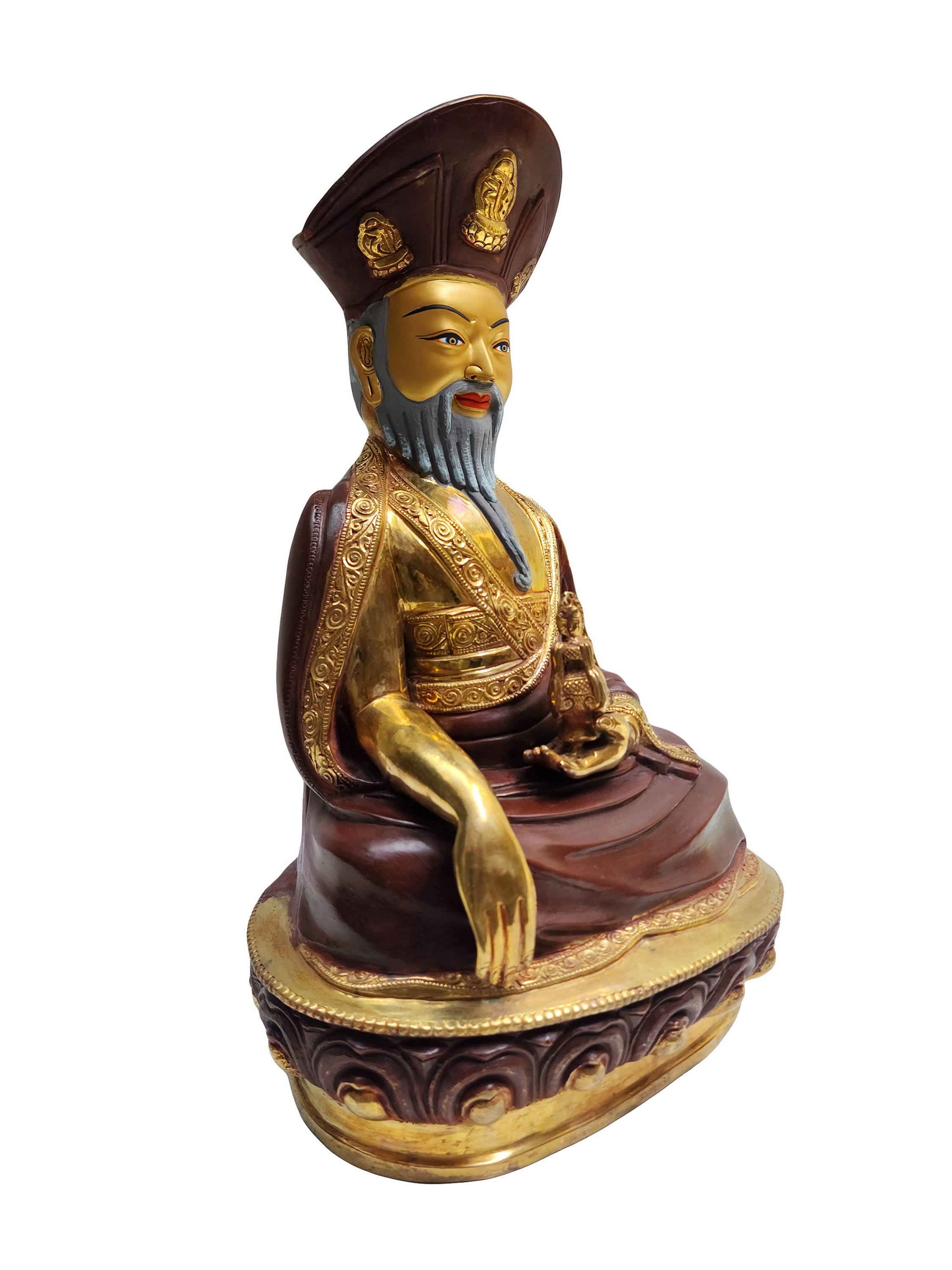 Partly Gold Plated,
Partly Gold Plated,  of Naropa,
of Naropa, 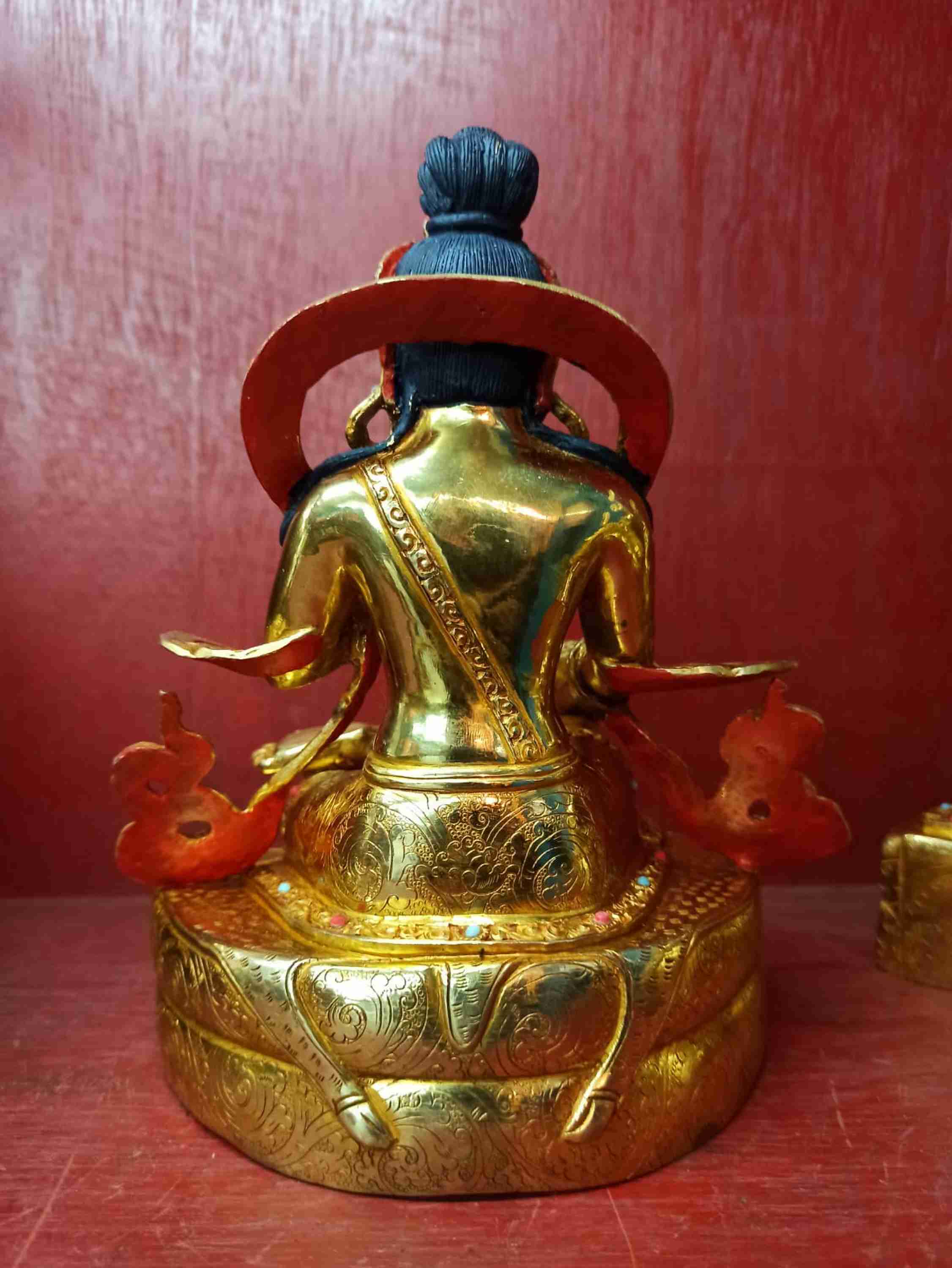 of Naropa,
of Naropa, 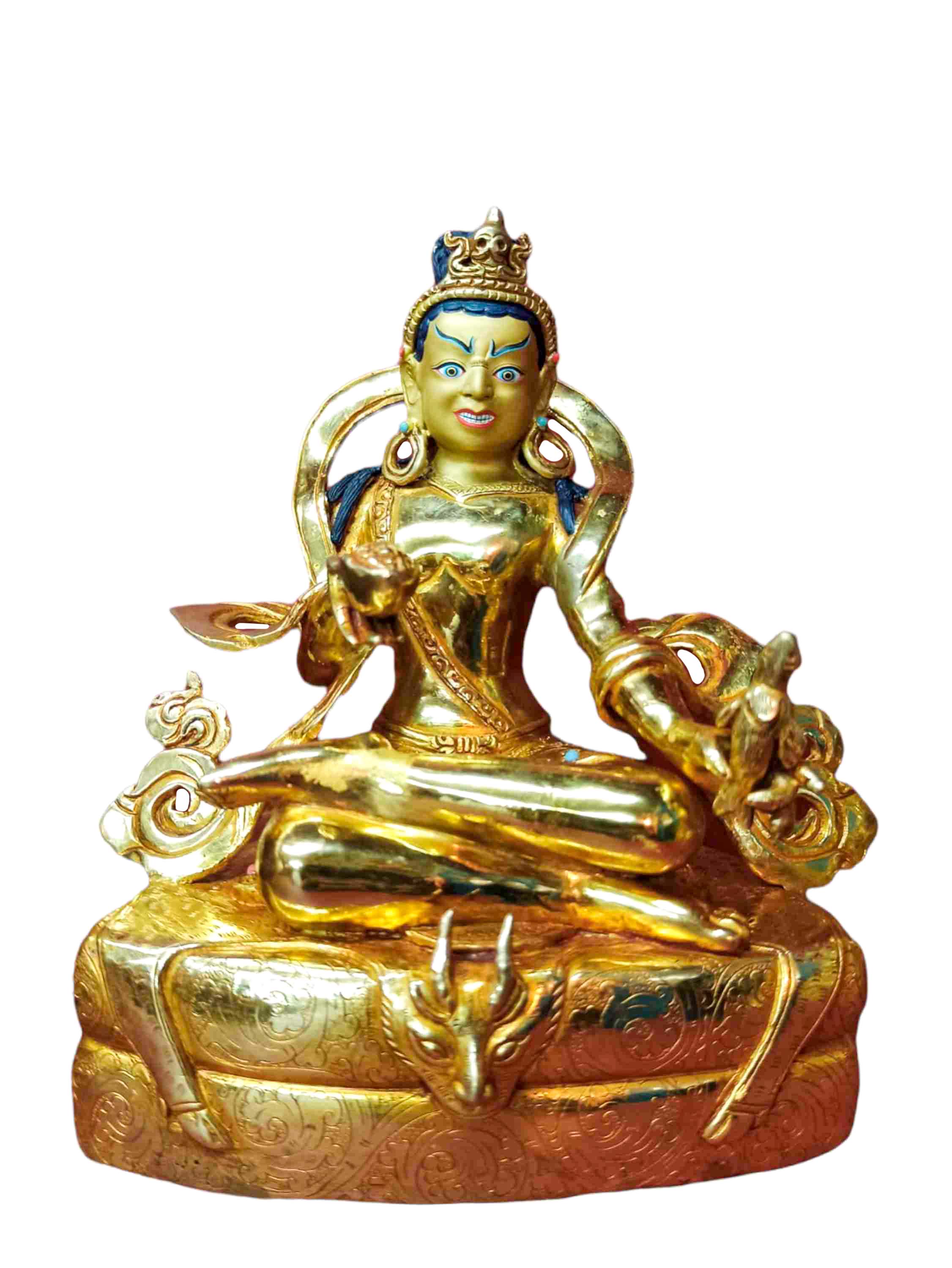 of Tilopa,
of Tilopa, 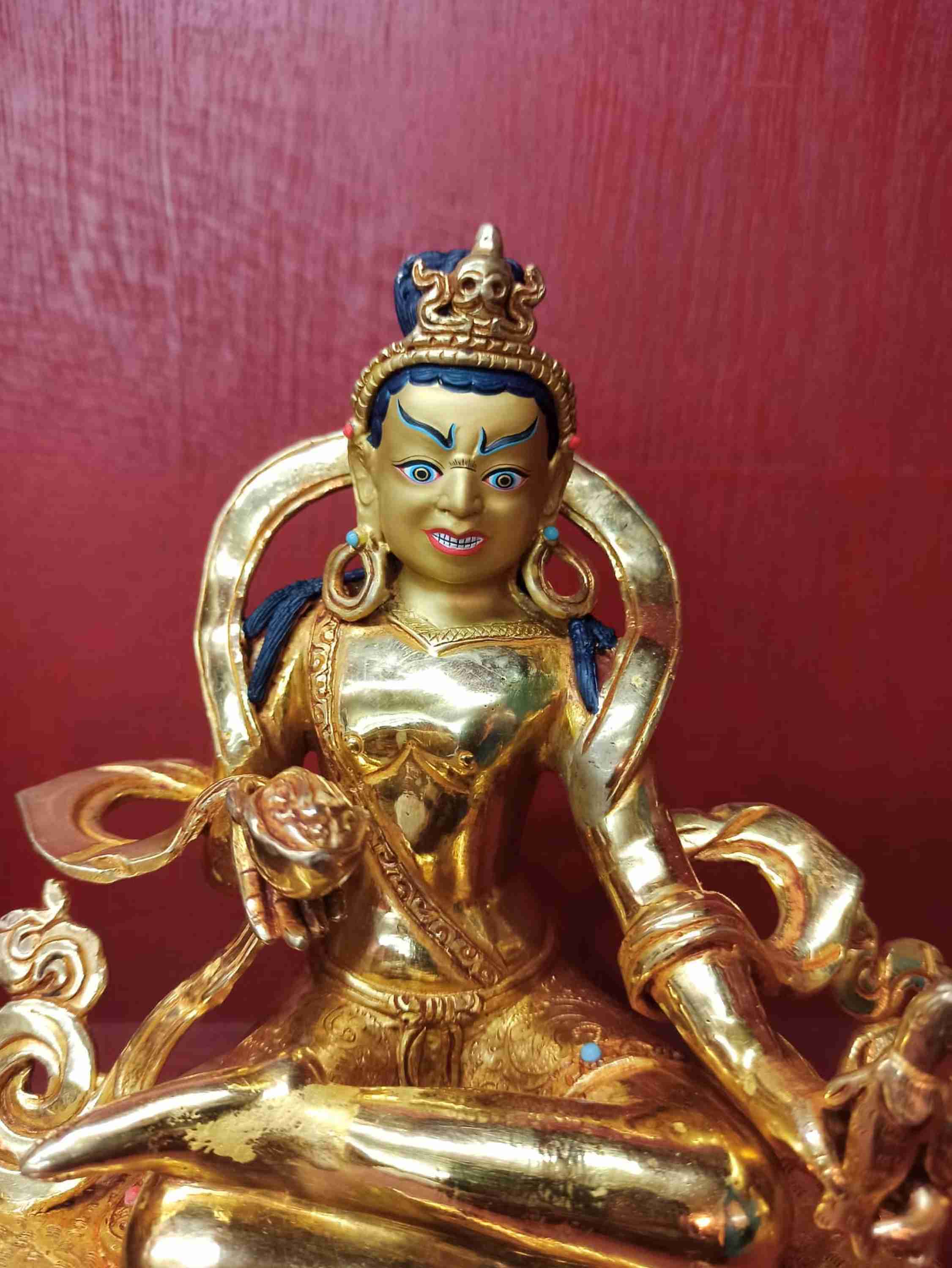 of Tilopa,
of Tilopa, 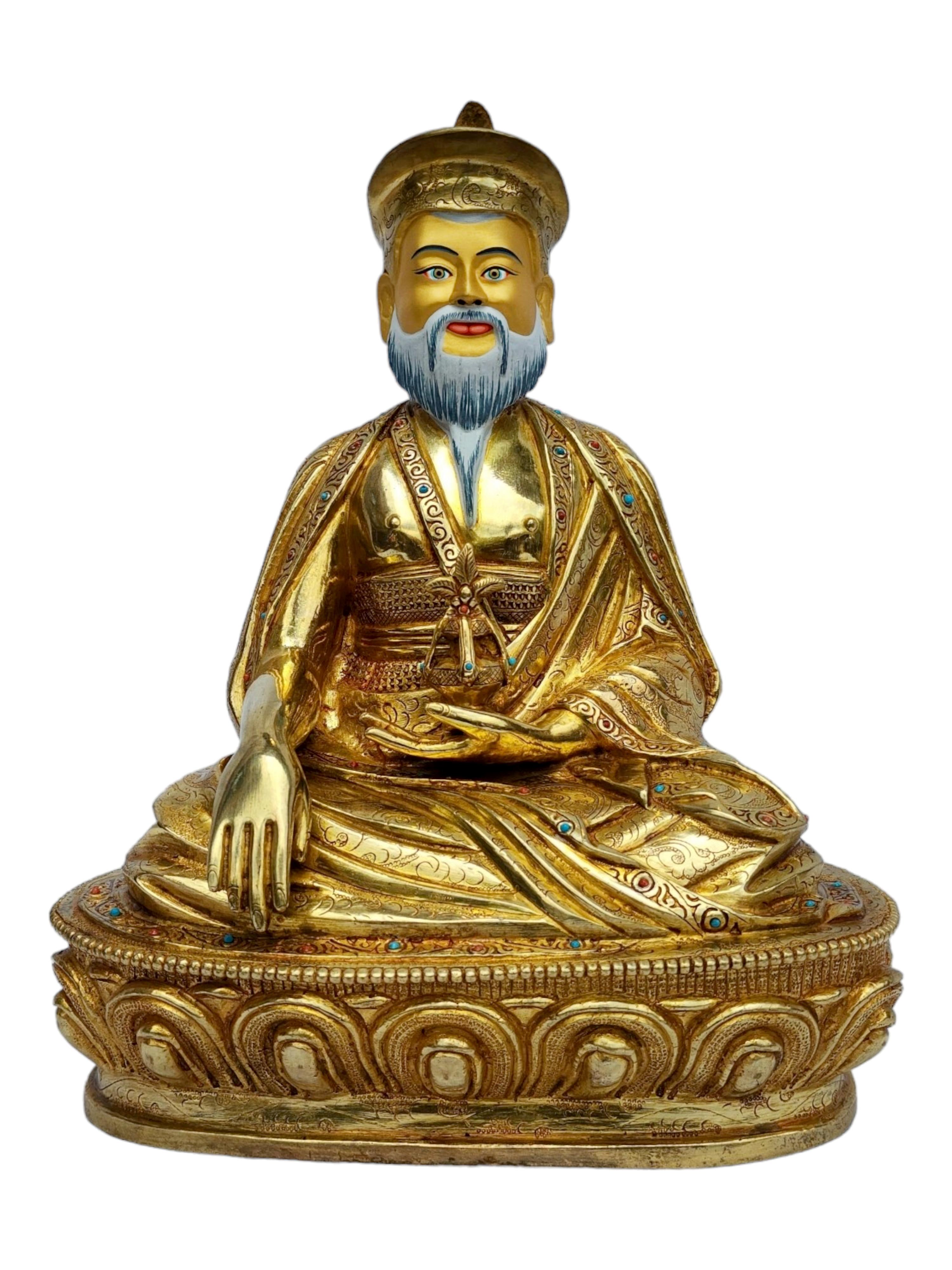 4th Zhabdrung Rinpoche, Buddhist Handmade Statue,
4th Zhabdrung Rinpoche, Buddhist Handmade Statue, 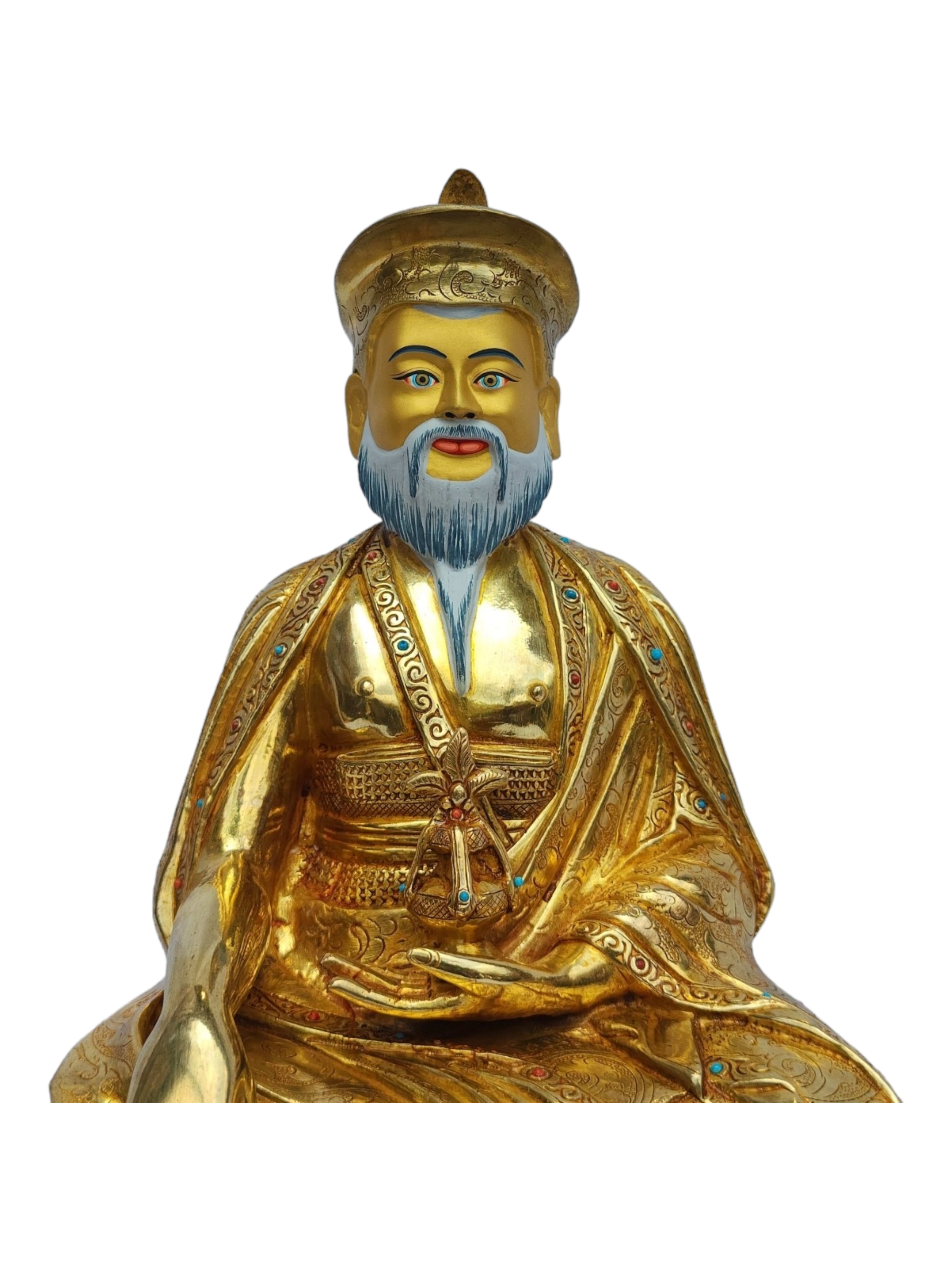 4th Zhabdrung Rinpoche, Buddhist Handmade Statue,
4th Zhabdrung Rinpoche, Buddhist Handmade Statue,  Monastery Quality Statue
Monastery Quality Statue  Monastery Quality Statue
Monastery Quality Statue